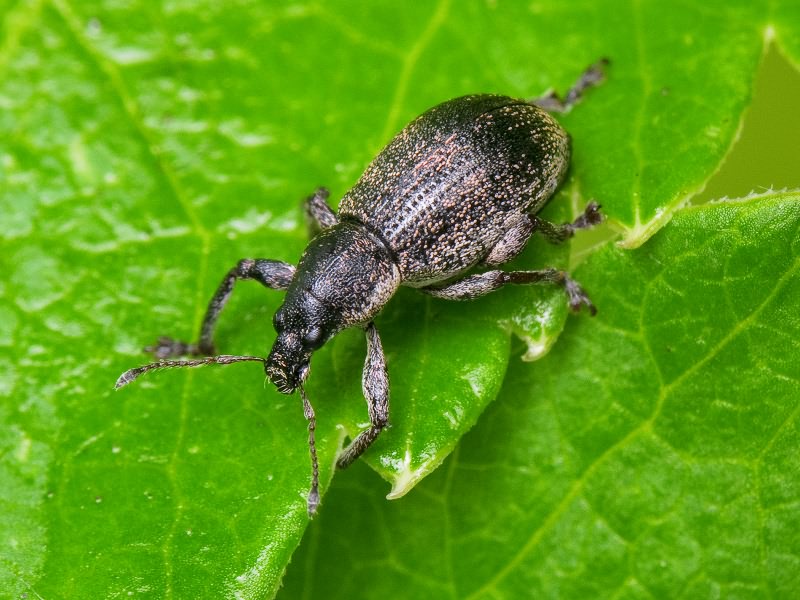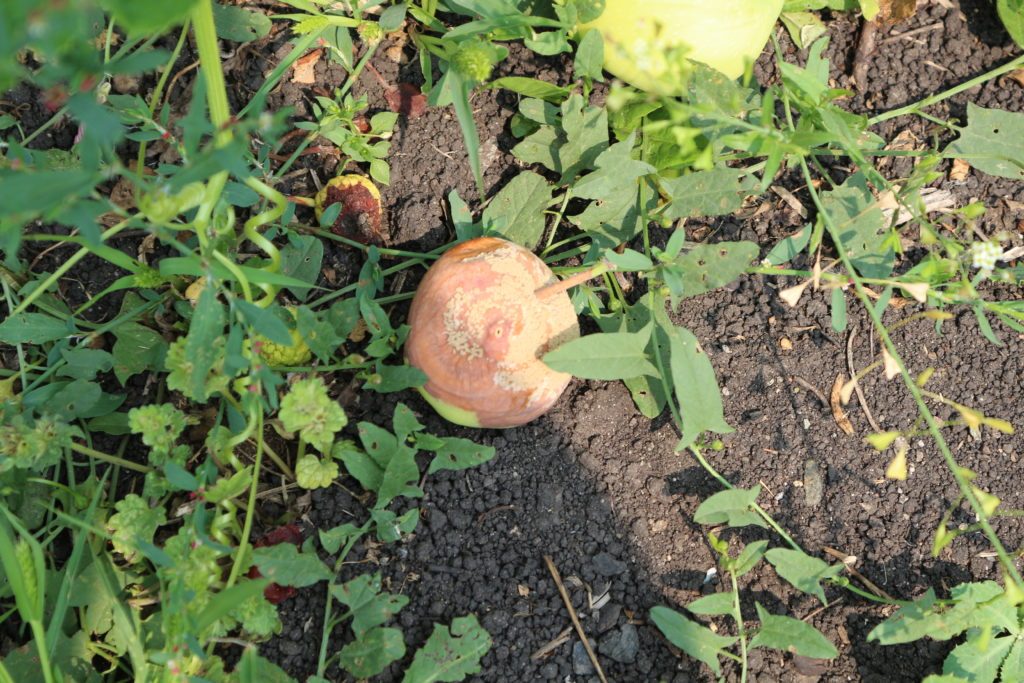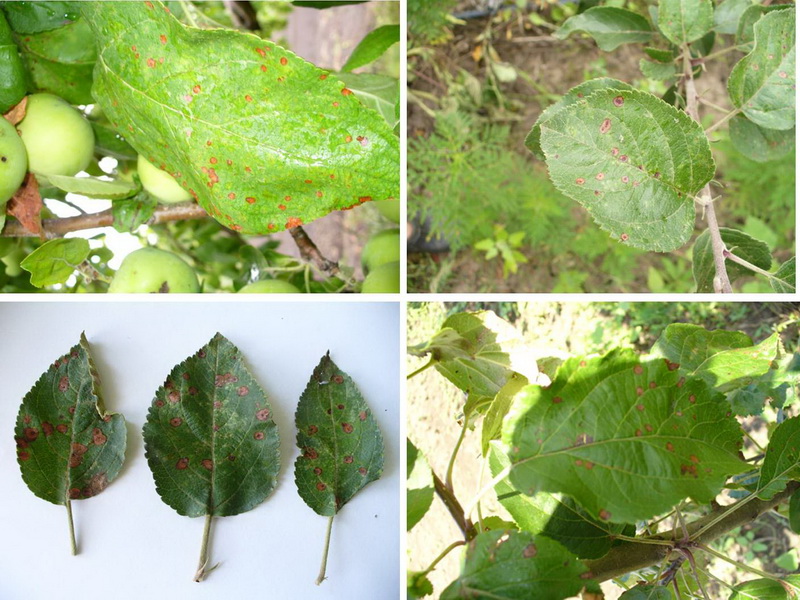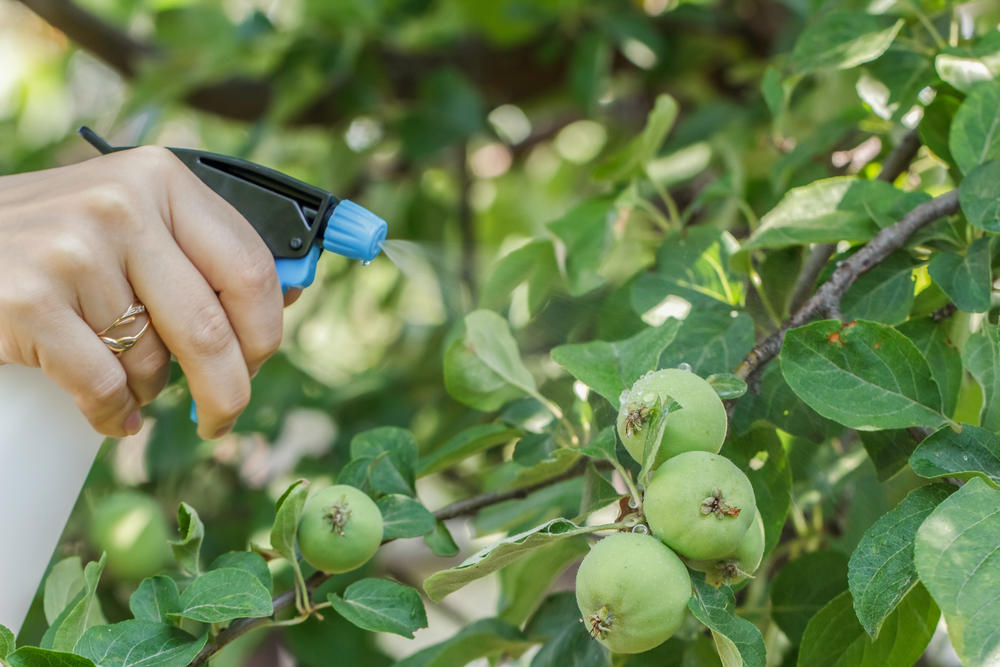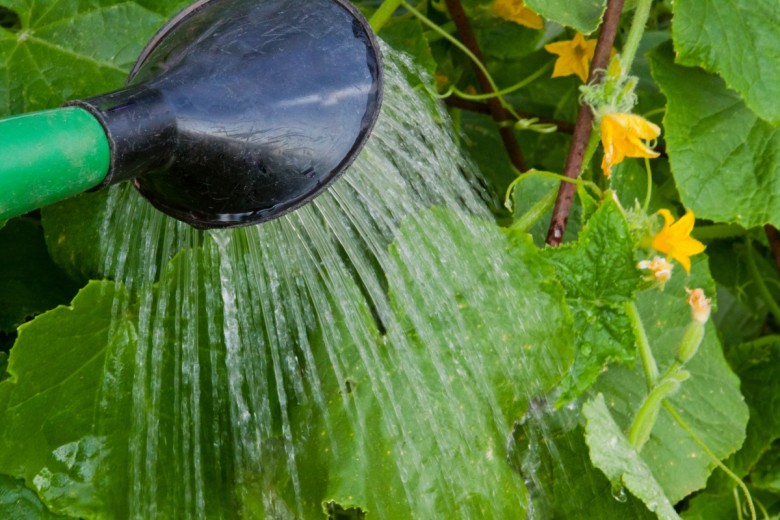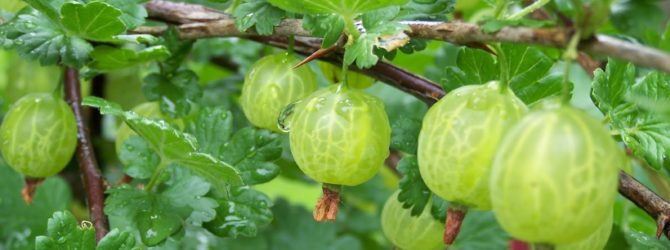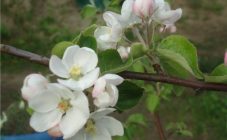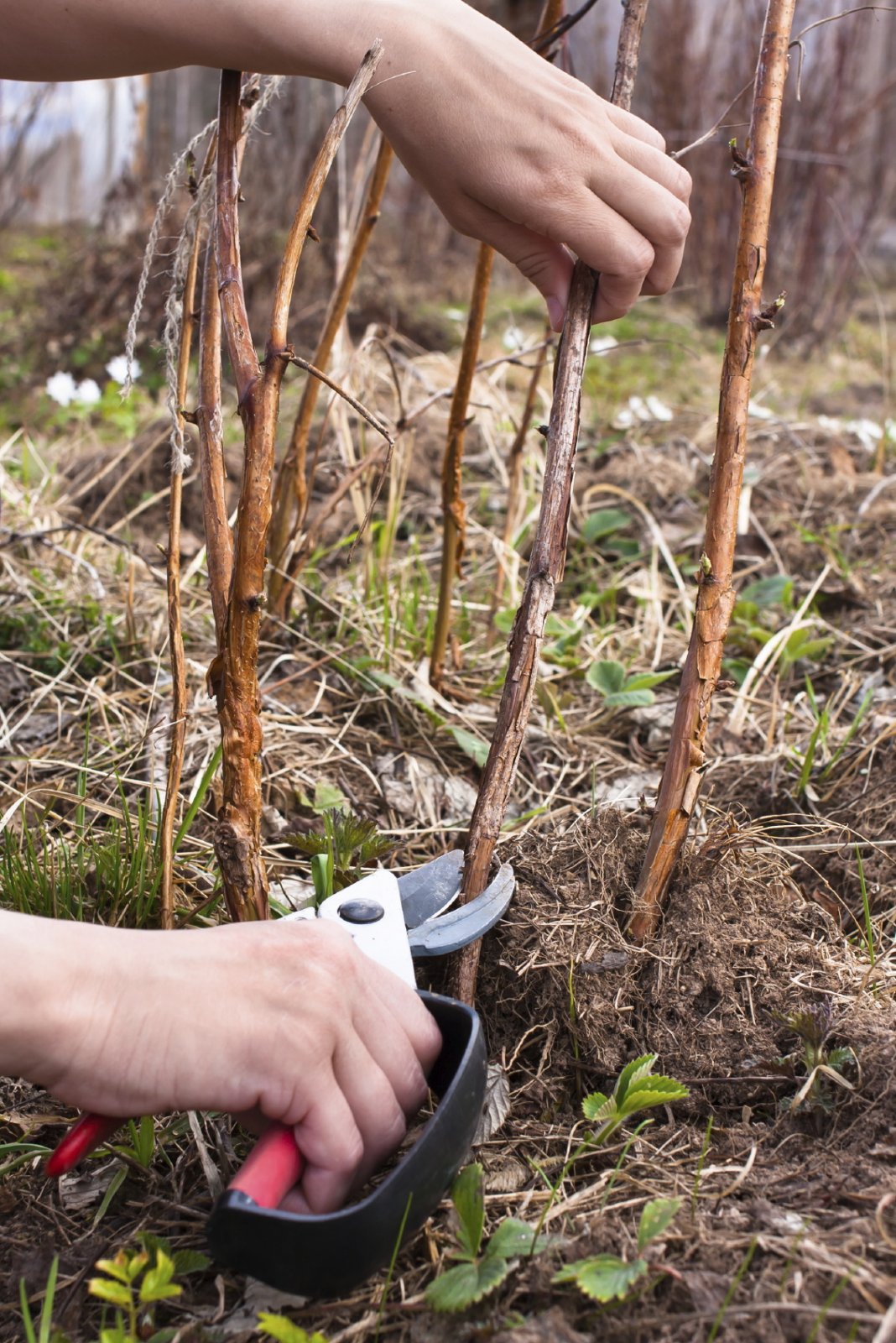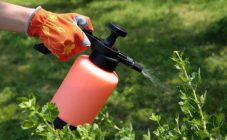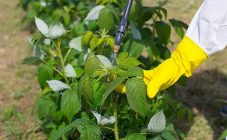Content:
Undoubtedly, every gardener strives to grow a beautiful garden that can not only please the eye, but also bear delicious fruits. Unfortunately, many pests and diseases destroy trees and thus negate the expended efforts. Therefore, a considerable share of efforts in caring for fruit crops should be devoted to protecting plants from adversity, timely prevention and proper fight against ailments. Here it is important to be able to recognize what problem you had to face, how and how it can be solved. The apple tree has more than enough pests and diseases. For example, a disease can begin to develop from an unfavorable climate, mistakes in agricultural technology, due to a lack of nutrients. The nature of the course of the disease and the consequences directly depend on the pathogen.
The main diseases and pests of the apple tree
Diseases that attack apple trees can be fungal, bacterial, or viral. Each type of disease is treated differently.
Among fungal diseases, apple trees are most often affected by cytosporosis, scab, powdery mildew, and fruit rot.
Cytosporosis is most evident during or after flowering, breaking up the tree bark. Because of it, the trunk becomes covered with tubercles, and spores of the fungus ripen in each. It is sometimes difficult for an inexperienced gardener to determine the painful nature of neoplasms. The diseased bark is characterized by a red-brown color. Reddish spots spread rapidly until they cover the entire branch. Because of this phenomenon, the movement of juices is disrupted. Also, due to cytosporosis, flowers dry up on one or several branches at once. If the fungus is started, the lesion can penetrate into the wood.
Another common scab disease is caused by the fungus Venturia inaequalis. It can be recognized by the characteristic olive spots on the leaves of the apple tree, and with further development, the lesion passes to the fruit. The apples are then dotted with dark spots, and at the site of the lesion, the skin coarsens and cracks. In addition, due to the scab, not only the appearance is disturbed, but also the normal formation of the fetus, which makes it small and ugly.
Powdery mildew is noticeable almost immediately. It manifests itself simultaneously on apple shoots and on leaves with a powdery white bloom. In the future, there is a coarsening of the sheet plates, twisting and eventually their complete drying. Affected inflorescences change color to yellow-green, noticeably lag behind in development and are deformed. Only a small percentage is tied up. Occasionally, an external mycelium can be seen on young ovaries, but it disappears, leaving behind a special trace - a “rusty mesh”.
In turn, fruit rot (or moniliosis) shows its negative effect on the apple tree from early spring. As soon as the leaves begin to bloom, some branches are already beginning to dry out. In this case, gardeners are often mistaken, mistaking this phenomenon for the effects of frost. Drying of branches with moniliosis is very similar to a burn. Due to this disease, the fruits rot right on the tree. At first, only brown spots appear on the skin of apples, but gradually they increase until they cover the entire area, and after one week, yellowish spores of the fungus appear.It is noteworthy that conidia are not chaotically arranged, but in the form of concentric circles, by which the disease is easiest to identify.
Among the bacterial diseases affecting the apple tree and almost all stone and pome crops, the most famous is bacterial burn. It causes necrotic damage to the leaves, dries and bends young shoots. Over time, a white exudate appears on the surface of the bark, but soon it turns brown. Flowers, buds die off with a bacterial burn. Fruits also deteriorate. Exudate can also appear on them, they are mummified and hang on a branch for more than a year.
Viral diseases of fruit crops are also of great danger. For example, mosaics cannot be treated, and almost always the solution is to destroy the diseased plant. They recognize it by pale green and sometimes yellow spots on young leaves. Moreover, the veins remain the same, but as new leaves form, the spots increase in size. Severely damaged leaves die off, become excessively fragile and fall off early.
Other viral diseases, including proliferation, do not respond to treatment. She is better known to all as paniculate. Its signs are the appearance of an excessively large number of shoots with short internodes, while the bark becomes reddish. Due to the virus, the apple tree stops growing. At the edges of its leaves, denticles appear, and the flowers themselves become ugly and greenish. The paniculate apple tree bears pale and tasteless fruits.
Pests are no less dangerous for the apple crop than diseases. The raids of harmful insects in one season can destroy the garden, since they are very active already during the flowering period of the tree and after it. They are conventionally divided into 2 groups: gnawing and sucking. Gnawers eat buds, ovaries, leaves, shoots, thereby causing significant damage to the tree. This type of pest includes butterflies, weevils, moths, flower beetles and leaf beetles. Many of them hibernate in carrion fruits, unharvested foliage, under the bark, and with the arrival of spring, larvae hatch, and caterpillars begin their pernicious activity. Sucking pests settle directly on the plant, as a rule, on the bark or leaves, and suck out all the juices from the apple tree, thus depriving it of full nutrition. We are talking about aphids, scale insects, copperheads, ticks, leaf beetles. Sucking insects are able to create large colonies and fill the entire garden during flowering.
When and how you can treat apple trees from diseases and pests
Treating trees is an extremely important activity to keep trees safe and preserve crops. You can process an apple tree in spring in 3 stages.
The first stage falls in mid-March, after the thermometer stably begins to show 5 ° C and above. The second stage is at the beginning of the growing season for an apple crop (when the buds are already blooming, but it is too early to bloom). And the most important third stage comes after flowering. Spraying during this period is the most effective, and the likelihood of killing moths, aphids, ticks, and stopping diseases is the highest.
So, immediately after the end of flowering, you can start processing and not worry about the successful ovary of the future harvest. Many people wonder how to process apple trees after flowering from pests and diseases, so that it is as effective as possible. You can start the processing process by spraying with preparations that contain copper and sulfur, for example, zinc sulfate is suitable.They protect well against the development of rosette and rust.
We should also mention Bordeaux liquid. It is mixed from a solution of copper sulfate and slaked lime. The best solution for spraying is a 1% solution, which you can make yourself or buy in a specialized store. The mixture is used by gardeners everywhere, and it is universal in the fight against bacterial and fungal diseases (especially from fruit rot, phyllosticosis, scab).
Treatment of apple trees after flowering from pests and diseases can be carried out with such insecticides as:
- Karbofos. This remedy is used to eliminate aphids, moths, leaf rollers and ticks. Apple trees should be sprayed with a solution of 30 g of the substance in 50 liters of water. It is recommended for young trees to use no more than 2-3 liters for each.
- Chlorophos. A very poisonous agent that kills all ticks and beetles, but has almost no effect on weevils and aphids. For 5 liters of water, 35 g of chlorophos will be required to prepare a solution. Mixing chlorophos with Bordeaux liquid or any other alkaline agent should be avoided, as such an environment destroys the drug.
- Benzophosphate. This drug destroys many sucking and gnawing parasites. To spray an apple orchard, it is enough to put 70 g of the substance in 10 liters of water. The prepared solution will retain its property for another 2 weeks, but then you should not use it.
When choosing how to process apple and pear after flowering, the market may offer other highly specialized preparations. For example, phytoverm will help against thrips, aphids and moths, and lepidocide from caterpillars of leaf rollers. From scale insects, Aktara is recognized as a fast-acting and effective drug. Each of these funds is accompanied by instructions, according to which it is easy to determine how to make a solution and spray trees.
Traditional methods in the fight against diseases and pests
When in the spring after flowering it is time to treat apple trees from pests, some traditional methods can be no less effective than well-known drugs.
So, in the fight against aphids, ordinary tar soap can become a real lifeline. It is enough to dilute 60 g of soap in 10 liters of water, and the solution is ready. As a rule, it is used once and immediately after flowering.
Wonderfully eliminates aphids, as well as a tincture of makhorka or tobacco. You will need 400 g of tobacco and 10 liters of water. After they have been mixed, the mixture is diluted with another 10 liters of water, not forgetting to add 40 g of grated laundry soap. All plants in the garden can be sprayed with a similar solution.
Bitter wormwood is useful for the gardener, eliminating apple flower beetles and moths. When it comes time to spray, then take 350 g of dry raw materials or 0.5 kg of fresh and pour one bucket of water. Wormwood should be infused for a day, after which the mixture is boiled for an additional 30 minutes, then filtered and 40 g of grated soap is added. Apply the prepared solution after flowering and once more after 7 days.
Useful Tips
- If drugs for processing are bought in a store, then do not forget about checking the expiration date.
- If it was not possible to whitewash the trees in the fall, then in the spring it is also possible and even necessary. Applying whitewash will protect apple trees from sunburn, can scare off some insects and prevent the development of fungal diseases.
- Along with spraying, many experienced gardeners recommend installing trapping belts on the tree trunk to maximize protection.
- It is most effective to process not only those trees that have been attacked by insects or sick, but also healthy ones, so that further spread does not occur. In this case, pay attention to the pump nozzle: if the drops are smaller, the better for processing.
- The ideal weather to spray the trees is a cloudy and calm day.
Protecting the garden from diseases and pests undoubtedly requires some effort. The fruits of damaged plants change their quality, and unpleasant acid may appear (for example, when moniliosis is started, an apple begins to ferment and a specific taste appears). And if you do nothing at all, then sooner or later the tree will die. Therefore, you should not skip the periods for spraying the orchard, even if the gardener thinks that there is no danger. Preventive treatments will help to strengthen the plants and guarantee a full and rich harvest.
